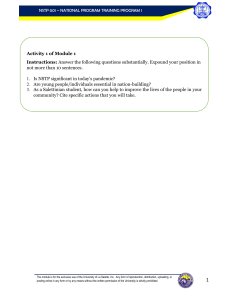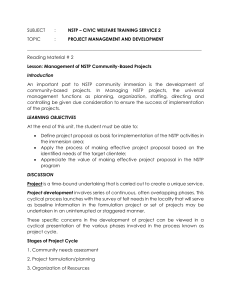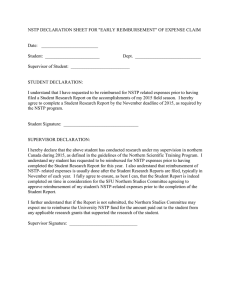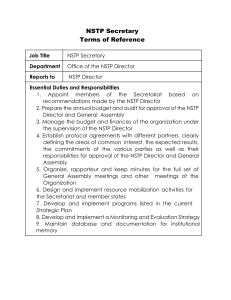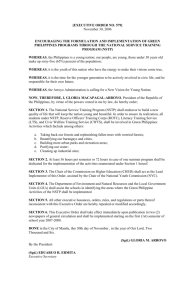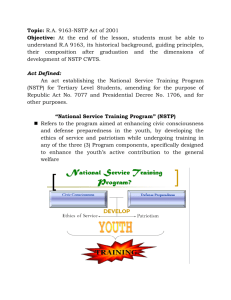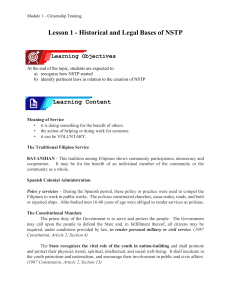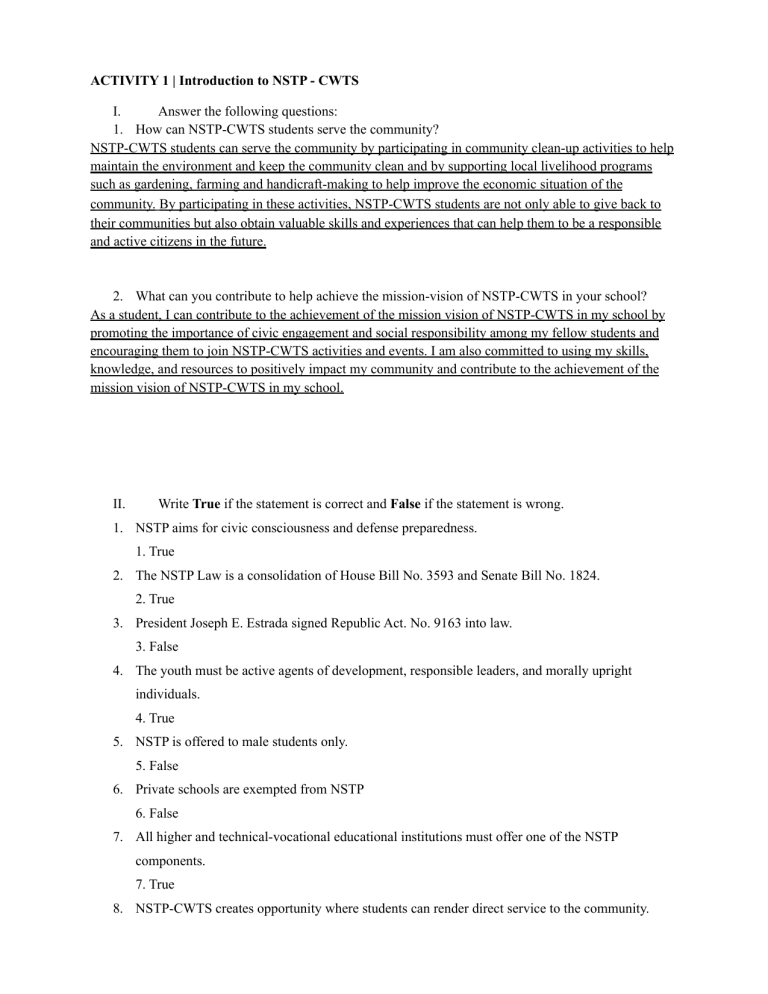
ACTIVITY 1 | Introduction to NSTP - CWTS I. Answer the following questions: 1. How can NSTP-CWTS students serve the community? NSTP-CWTS students can serve the community by participating in community clean-up activities to help maintain the environment and keep the community clean and by supporting local livelihood programs such as gardening, farming and handicraft-making to help improve the economic situation of the community. By participating in these activities, NSTP-CWTS students are not only able to give back to their communities but also obtain valuable skills and experiences that can help them to be a responsible and active citizens in the future. 2. What can you contribute to help achieve the mission-vision of NSTP-CWTS in your school? As a student, I can contribute to the achievement of the mission vision of NSTP-CWTS in my school by promoting the importance of civic engagement and social responsibility among my fellow students and encouraging them to join NSTP-CWTS activities and events. I am also committed to using my skills, knowledge, and resources to positively impact my community and contribute to the achievement of the mission vision of NSTP-CWTS in my school. II. Write True if the statement is correct and False if the statement is wrong. 1. NSTP aims for civic consciousness and defense preparedness. 1. True 2. The NSTP Law is a consolidation of House Bill No. 3593 and Senate Bill No. 1824. 2. True 3. President Joseph E. Estrada signed Republic Act. No. 9163 into law. 3. False 4. The youth must be active agents of development, responsible leaders, and morally upright individuals. 4. True 5. NSTP is offered to male students only. 5. False 6. Private schools are exempted from NSTP 6. False 7. All higher and technical-vocational educational institutions must offer one of the NSTP components. 7. True 8. NSTP-CWTS creates opportunity where students can render direct service to the community. 8. True 9. The integrative approach of NSTP-CWTS is a strategy for community development. 9. True 10. NSTP is not a requisite for graduation. 10. False
